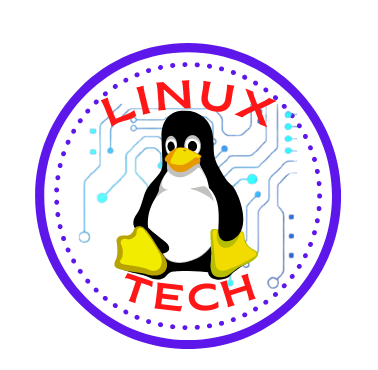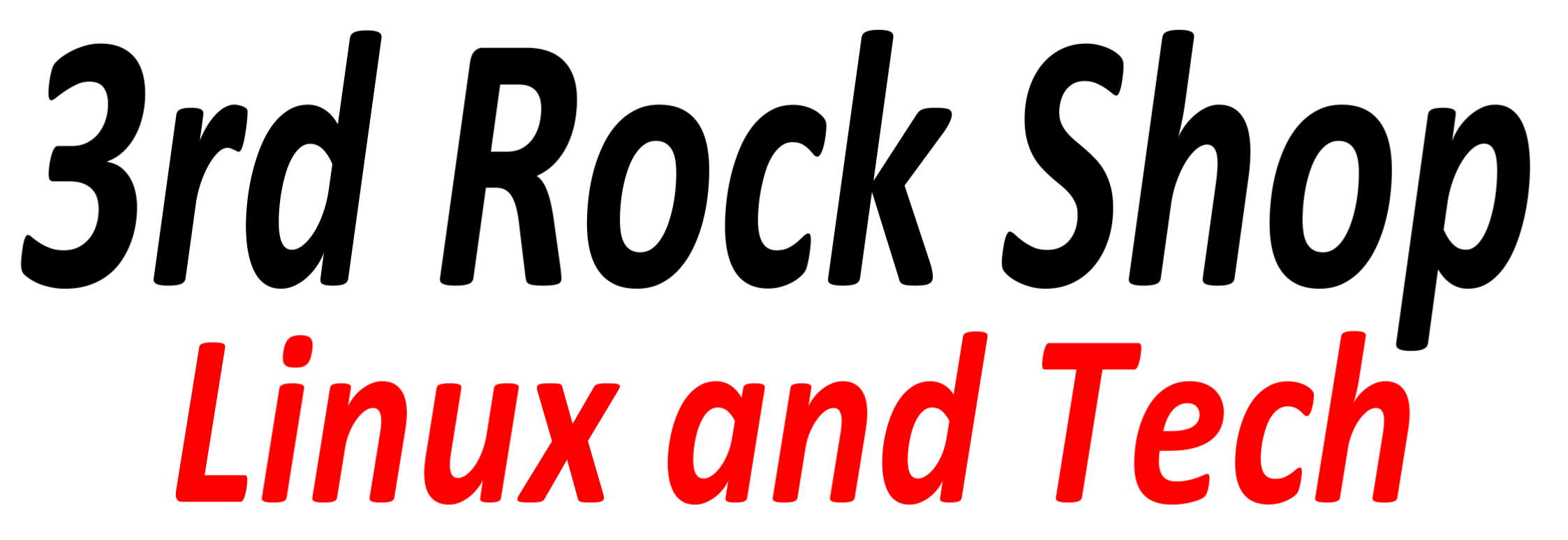Introduction to Ubuntu Linux
6 min readI. Introduction
A. Definition and Overview
B. Ubuntu’s Origins and Philosophy
II. Key Features and Characteristics
A. Open-Source Nature and Licensing
B. Regular Release Cycle and Long-Term Support (LTS) Versions
C. Unity and GNOME Desktop Environments
D. Software Repositories and Package Management
E. User-Friendly Installation and Updates
III. Ubuntu Flavors
A. Standard Ubuntu
B. Ubuntu Server
C. Ubuntu Desktop
D. Ubuntu Kylin
E. Ubuntu MATE
F. Kubuntu
G. Xubuntu
H. Lubuntu
I. Ubuntu Studio
J. Ubuntu Budgie
IV. Ubuntu in the Cloud and Internet of Things (IoT)
A. Ubuntu in Cloud Computing and Virtualization
B. Ubuntu Core for IoT Devices
V. Community and Support
A. Ubuntu Community and Forums
B. Canonical’s Contribution and Commercial Support
VI. Ubuntu’s Impact and Popularity
A. Global Adoption and User Base
B. Ubuntu in Education and Government
C. Ubuntu’s Role in the Enterprise
VII. Ubuntu’s Influence on the Linux Ecosystem
A. Ubuntu’s Role in Popularizing Linux on the Desktop
B. Ubuntu’s Contributions to the Linux Kernel and Open-Source Projects
VIII. Conclusion
I. Introduction
A. Definition and Overview: Ubuntu is a popular and widely used Linux-based operating system that is known for its user-friendly interface, stability, and strong community support. It is based on the Debian Linux distribution and is developed and maintained by Canonical Ltd., a UK-based company. Ubuntu is released as free and open-source software, adhering to the principles of the GNU General Public License (GPL), which ensures that users have the freedom to use, modify, and distribute the software.
B. Ubuntu’s Origins and Philosophy: The name “Ubuntu” is derived from an African philosophy that translates to “humanity towards others” or “I am because we are.” This philosophy emphasizes the interconnectedness of all individuals and promotes collaboration and mutual support. The Ubuntu operating system embodies these principles by encouraging open-source development and fostering a welcoming and helpful community.
II. Key Features and Characteristics
A. Open-Source Nature and Licensing: Ubuntu’s core values are deeply rooted in the open-source philosophy. All the software included in Ubuntu’s repositories is free and open-source, which means users can view, modify, and distribute the source code without restrictions. This openness promotes transparency, security, and the sharing of knowledge among developers and users.
B. Regular Release Cycle and Long-Term Support (LTS) Versions: Ubuntu follows a predictable release cycle, with new versions released every six months. Each release receives regular updates, bug fixes, and security patches during its support period. Additionally, every two years, an LTS version is released, which offers extended support and updates for five years, providing stability and reliability for enterprise users and organizations.
C. Unity and GNOME Desktop Environments: In its earlier versions, Ubuntu used the Unity desktop environment, known for its sleek and innovative design. However, in recent releases, Ubuntu switched back to GNOME as the default desktop environment, offering a more traditional and familiar user interface. This change aimed to provide a cohesive and polished user experience.
D. Software Repositories and Package Management: Ubuntu’s extensive software repositories contain thousands of packages that users can easily install and manage using package management tools like APT (Advanced Package Tool) and Snap. APT ensures smooth and straightforward installation, updates, and removal of software, making it user-friendly and efficient.
E. User-Friendly Installation and Updates: Ubuntu’s installer is known for its simplicity and ease of use. The installation process is designed to be straightforward, allowing even new users to set up the operating system with minimal hassle. Ubuntu’s update manager ensures that users receive timely updates and security patches, keeping the system up-to-date and secure.
III. Ubuntu Flavors
A. Standard Ubuntu: The standard version of Ubuntu comes with the GNOME desktop environment and a selection of essential applications. It is suitable for general desktop use and offers a polished and user-friendly experience.
B. Ubuntu Server: Ubuntu Server is optimized for server deployments, data centers, and cloud environments. It includes server-specific features and does not come with a graphical user interface, focusing on efficiency and performance.
C. Ubuntu Desktop: Ubuntu Desktop is the flagship version of Ubuntu, designed for everyday desktop use with a comprehensive set of applications and a user-friendly interface.
D. Ubuntu Kylin: Ubuntu Kylin is a version tailored for Chinese users, featuring a customized desktop environment with Chinese input methods and localization.
E. Ubuntu MATE: Ubuntu MATE provides a classic, traditional desktop experience similar to older versions of Ubuntu. It is ideal for users seeking a lightweight and familiar environment.
F. Kubuntu: Kubuntu uses the KDE Plasma desktop environment, offering a modern and visually appealing user interface.
G. Xubuntu: Xubuntu utilizes the Xfce desktop environment, providing a lightweight and efficient desktop experience for older or less powerful hardware.
H. Lubuntu: Lubuntu is a lightweight version of Ubuntu that uses the LXQt desktop environment, making it suitable for low-end hardware and netbooks.
I. Ubuntu Studio: Ubuntu Studio is tailored for multimedia production, including audio, graphics, and video editing tools.
J. Ubuntu Budgie: Ubuntu Budgie features the Budgie desktop environment, known for its simplicity and elegance.
IV. Ubuntu in the Cloud and Internet of Things (IoT)
A. Ubuntu in Cloud Computing and Virtualization: Ubuntu’s flexibility and robustness have made it a popular choice for cloud computing and virtualization environments. Many cloud service providers offer Ubuntu as a supported operating system for their virtual machines and containerized services. Ubuntu’s long-term support (LTS) versions provide stability and reliability in these environments.
B. Ubuntu Core for IoT Devices: Ubuntu Core is a version of Ubuntu designed specifically for Internet of Things (IoT) devices. It features transactional updates, a minimal footprint, and enhanced security mechanisms, making it well-suited for connected and embedded devices in the IoT ecosystem.
V. Community and Support
A. Ubuntu Community and Forums: Ubuntu boasts a vibrant and supportive community of users, developers, and enthusiasts. The official Ubuntu Forums and other online communities provide a platform for users to seek help, share knowledge, and collaborate.
B. Canonical’s Contribution and Commercial Support: Canonical, the company behind Ubuntu, offers commercial support for enterprise users, ensuring timely assistance and resolution of issues. This support helps businesses deploy and manage Ubuntu in mission-critical environments with confidence.
VI. Ubuntu’s Impact and Popularity
A. Global Adoption and User Base: Ubuntu’s user base spans the globe, with millions of users, businesses, educational institutions, and government organizations relying on the operating system for various applications.
B. Ubuntu in Education and Government: Ubuntu’s accessibility and cost-effectiveness have made it popular in educational settings, where it provides a valuable tool for teaching programming and computer literacy. Additionally, various governments and public organizations have adopted Ubuntu for its security, stability, and open-source nature.
C. Ubuntu’s Role in the Enterprise: Ubuntu’s long-term support (LTS) versions, robust security features, and compatibility with cloud and virtualization technologies have made it an attractive choice for enterprise deployments.
VII. Ubuntu’s Influence on the Linux Ecosystem
A. Ubuntu’s Role in Popularizing Linux on the Desktop: Ubuntu’s user-friendly approach and focus on delivering a polished desktop experience have played a significant role in bringing Linux to a broader audience and challenging the dominance of proprietary operating systems in the desktop market.
B. Ubuntu’s Contributions to the Linux Kernel and Open-Source Projects: Ubuntu actively contributes to the Linux kernel and various open-source projects, giving back to the larger community that makes Linux thrive.
VIII. Conclusion
Ubuntu Linux’s journey has been marked by its commitment to open-source principles, user-friendly design, and community collaboration. From its inception as a desktop-focused distribution to its expansion into cloud computing, IoT, and enterprise deployments, Ubuntu has left a lasting impact on modern technology. With its wide array of flavors, ongoing development, and dedicated community, Ubuntu continues to be a driving force in the world of open-source software, empowering users and organizations to leverage the power of Linux.

